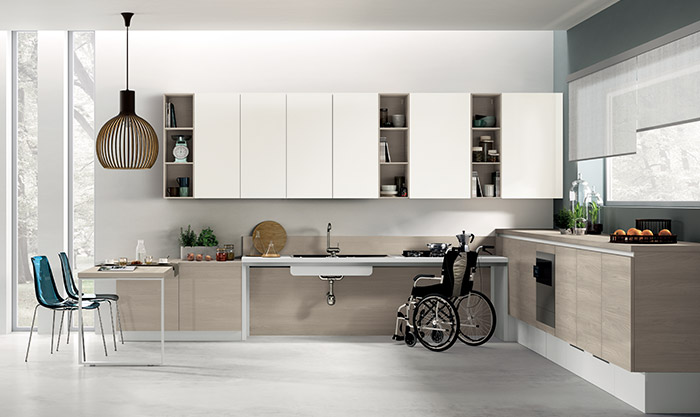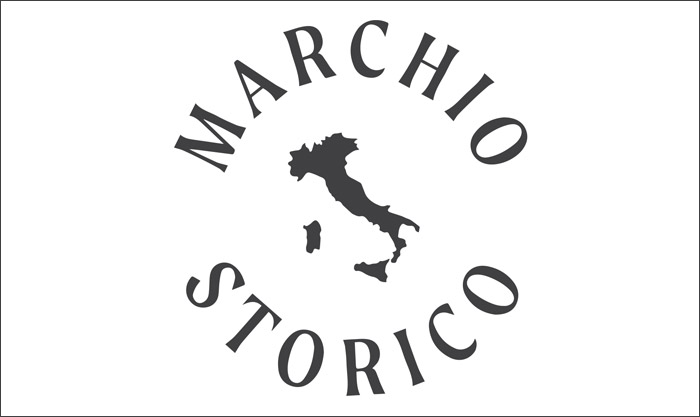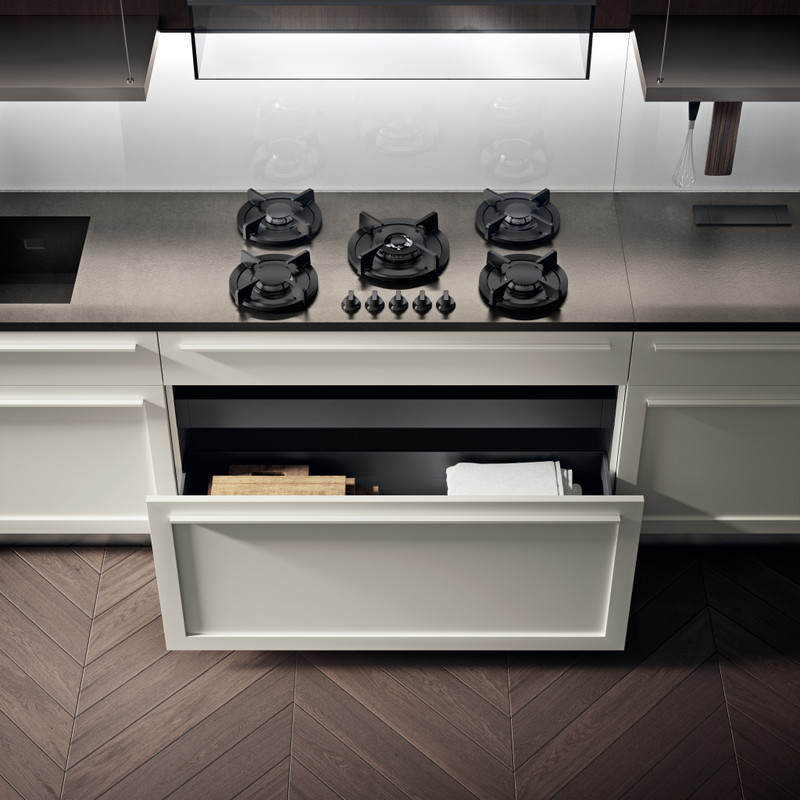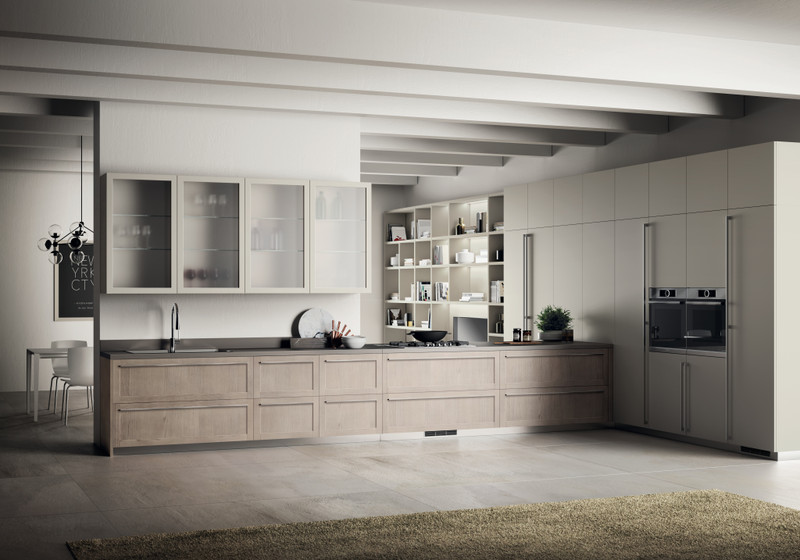- COLECCIONES Utility System el primer sistema de elementos para cocinas con una alta accesibilidad Ir al sitio web

- Empresa Anunciamos con orgullo que nuestra marca ha entrado a formar parte del Registro Especial de Marcas Históricas de Interés Nacional. Saber más

- Magazine


